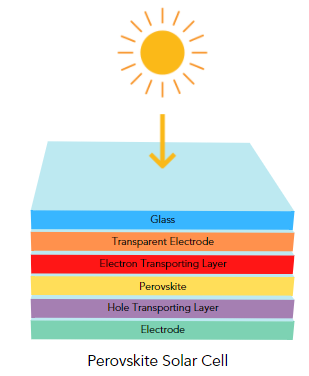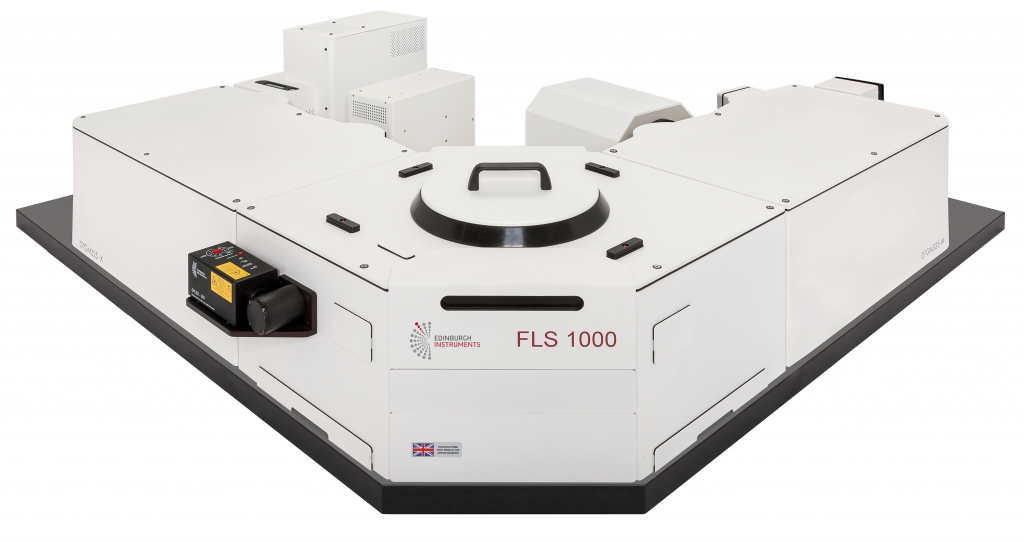Improving Photovoltaic Efficiency
Photovoltaic efficiency improvements are key to improving the performance of solar cells.
The photovoltaic effect (the conversion of light to electricity) was discovered in 1839 by Edmond Becquerel, and is the foundation of solar cells. Since the 1950’s the efficiency of solar cells have increased from 4% in the 1950’s to over 20% today, and research is ongoing to further improve photovoltaic efficiency.
Using Perovskites in Solar Cells
Traditionally, inorganic semiconductors have been used in solar cells to produce electricity. Due to its abundance, stability and favorable optical and electrical properties, silicon has been the semiconductor of choice in solar cells since the 1950’s however manufacturing is expensive and energy intensive.
Perovskite semiconductors offer many potential advantages compared to silicon such as tunability and ease of manufacture. In 2012, scientists fabricated a stable, thin-film perovskite with a conversion efficiency of >10%. Since then, efficiencies have rapidly increased to a laboratory record of >25%. In addition, silicon can be combined with perovskites in a tandem solar cell which can deliver a photovoltaic efficiency of almost 30%. This cutting-edge technology shows real potential for developing cost effective, clean energy.1
 Figure 1: General structure of a perovskite solar cell
Figure 1: General structure of a perovskite solar cell
Photovoltaic Efficiency: How to Improve It
One approach to further increase the photovoltaic efficiency of perovskite solar cells is improvement of the extraction layers. Photoluminescence (PL) is an excellent technique to study this. When photogenerated electrons recombine with the holes in the perovskite layer, there is a photoluminescent response. The more efficiently charge carriers can transfer between the perovskite and adjacent layers, the less intense the PL response will be. This makes PL an excellent probe to compare the efficiencies of different materials as extraction layers in solar cells, thus the overall photovoltaic efficiency of the solar cell.
 Figure 2: PL Spectra comparing two perovskite solar cell stacks measured on the FLS1000 Photoluminescence Spectrometer. This can be used to infer the photovoltaic efficiency of a solar cell.
Figure 2: PL Spectra comparing two perovskite solar cell stacks measured on the FLS1000 Photoluminescence Spectrometer. This can be used to infer the photovoltaic efficiency of a solar cell.
Improving Photovoltaic Efficiency with the FLS1000 Photoluminescence Spectrometer

Figure 3: FLS1000 Spectrofluorometer
Edinburgh Instruments FLS1000 can be used to improve photovoltaic efficiency by monitoring the PL response of different materials in perovskite solar cells. This allows materials to be screened to determine which of them produce the lowest PL response and therefore have the most efficient charge carrier transfer, and most effective to use within the cell. If you are interested in hearing more about our FLS1000 Photoluminescence Spectrometer, you can contact us and we will be happy to help you.
References
Download the App Note: Comparing Hole Extraction Efficiencies in Perovskite Solar Cells using Photoluminescence Quantum Yield.
Keep in Touch
If you are interested in more news and application notes from Edinburgh Instruments, sign up to our newsletter below and don’t forget to follow us on social media.








